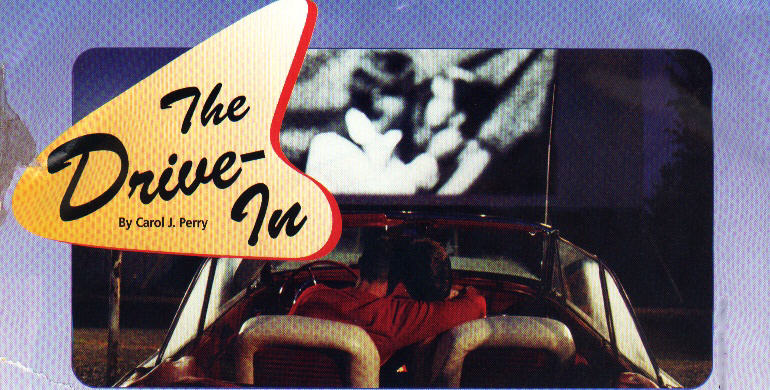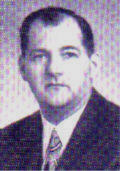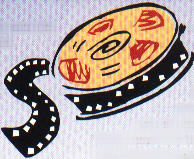 | |
|
Inventions and new ways of doing things change places and people's lives. That's a fact. It's true today, and it was true in the post-Depression days of the 1930s. Back then, the motion-picture industry had just discovered "talkies." Radio was bringing the world into living rooms with the twist of a knob, and Henry Ford's amazing machines had been on the road for a couple decades. Over in Camden, NJ,  a young auto supply sales manager named Richard M. Hollingshead Jr. thought a lot about cars. After all, that was part of his family's business. He also thought a lot about movies. That was sort of a hobby of his. He'd even invested in a spiffy little 1928 model Kodak projector so he could view his collection of silent movies at home. It was right around 1930 that he began thinking about combining his interests. Why not have an open air movie theater? It would be one where movie-goers wouldn't have to get out of their automobiles. a young auto supply sales manager named Richard M. Hollingshead Jr. thought a lot about cars. After all, that was part of his family's business. He also thought a lot about movies. That was sort of a hobby of his. He'd even invested in a spiffy little 1928 model Kodak projector so he could view his collection of silent movies at home. It was right around 1930 that he began thinking about combining his interests. Why not have an open air movie theater? It would be one where movie-goers wouldn't have to get out of their automobiles.Hollingshead knew that a great idea had popped into great idea had popped into his head. At once he began to experiment. He nailed up a bed sheet between a couple of the big trees in the back yard. lie propped up his Kodak projector on the hood of his Ford coupe and hit the switch. A radio, with the volume turned up and placed behind the sheet, provided background music. Invention Perfection Of course, there were a lot of kinks to work out, but the general idea seemed to work. There was a slight problem, though. When Hollingshead lined up a couple cars in the driveway as "practice," he realized there was a serious line-of sight problem. Raising cars on blocks solved that, and he soon had the proper parking angles figured out. |  Hollingshead applied for a US. patent for his idea and less than a year later, in June of 1933, the world's first drive-in theater opened in Camden, N.J.
Hollingshead applied for a US. patent for his idea and less than a year later, in June of 1933, the world's first drive-in theater opened in Camden, N.J.
More Tweaking The radio-behind the-bed-sheet was the right idea, but it needed tweaking. Resides, it looked like "talkies" were here to stay, so Hollingshead contracted a young company, RCA Victor, to come up with a sound system for his movies. The company came up with something called "Directive Sound," which was really just three big electric bullhorns mounted next to the screen. Viewers in the back row didn't think much of the new system. Neither did the neighbors, but it sufficed for the moment. Despite the many drawbacks and glitches, the idea of watching movies outdoors in the privacy of one's own automobile caught on with the public. America's second drive-in, Shankweiler's Auto Park, opened within the year in Orefield, Pa. The operation is still there and is the oldest continuously operating drive-in in America today. Feeding The Fascination By the time the 1940s  rolled around, there were nearly 100 giant screens in 27
states lighting up the night sky. And by the time World II, ended, the RCA folks had developed an in-car speaker. By 1948 there were more than 800 drive-ins operating in the United States. rolled around, there were nearly 100 giant screens in 27
states lighting up the night sky. And by the time World II, ended, the RCA folks had developed an in-car speaker. By 1948 there were more than 800 drive-ins operating in the United States. The "baby boom" kids began arriving and young families discovered the convenience drive-ins offered. Drive-ins, in turn, loved young families and added swings, slides, merry-go-rounds and monkey bars to encourage family |